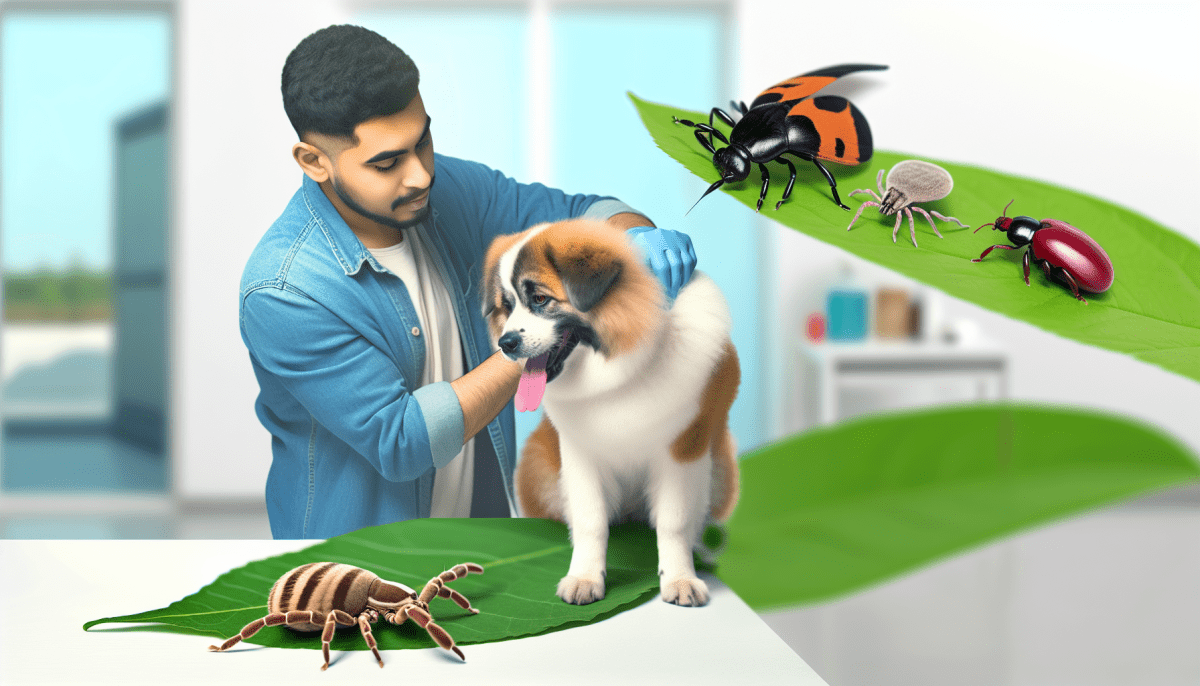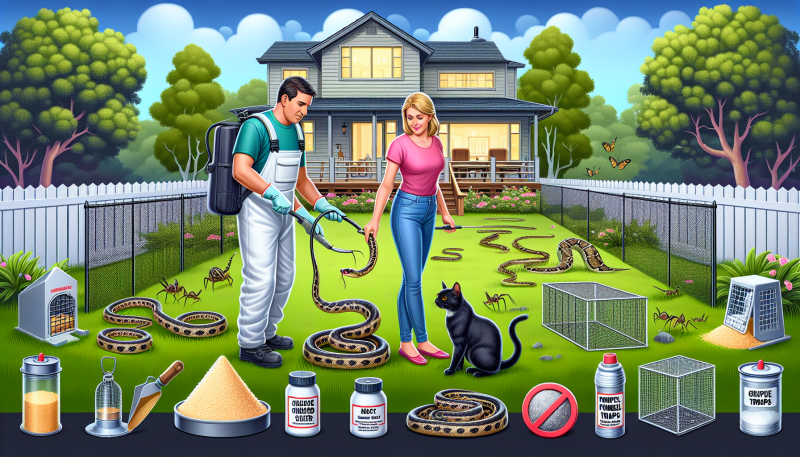Fleas and ticks can be a real headache for pet owners. These tiny pests don’t just cause irritation; they can also lead to serious health issues for both pets and humans. Understanding them is the first step in effective Flea and Tick Control.
Fleas are small, brown insects that jump from host to host, feeding on your pet’s blood. They’re notorious for causing skin allergies and can even lead to more serious conditions like anemia. Ticks, on the other hand, are arachnids that latch onto your pet’s skin to feed. They can carry diseases such as Lyme disease and Rocky Mountain spotted fever, which is why it’s crucial to keep them at bay.
When you think about Flea and Tick Control, consider their breeding habits. Fleas can lay thousands of eggs, which can quickly turn your home into a breeding ground. Ticks are often found in wooded or grassy areas, where they wait for a host to walk by. Regularly checking your pets and treating your yard can help reduce the chances of these pests taking over.
To combat fleas and ticks effectively, consider using a combination of preventive strategies: monthly topical treatments, oral medications, and even natural remedies. Make sure to treat your home and yard as well. Vacuuming often, washing your pet’s bedding, and keeping the grass trimmed can make a big difference in keeping these pests away.
Signs Your Pet Has Infestations
When it comes to keeping your furry friend happy and healthy, it's essential to pay attention to the signs that they might be dealing with infestations. If you notice your pet acting unusually or developing some new habits, it could be a signal that you need to step up your flea and tick control efforts.
One of the first signs to look out for is excessive scratching or biting. If your dog or cat seems to be constantly nibbling at their fur or pawing at their skin, it can be a sure indication of fleas or ticks bothering them. You might also notice red bumps or scabs on their skin, which can result from irritation caused by insects.
Another sign is if your pet starts to lose fur, especially in patches. This could be where they're scratching or biting more often due to discomfort. Pay attention to any unusual behavior, like increased restlessness or hiding out more than usual. Pets often seek comfort spots when they’re feeling uneasy, which can be a red flag.
Examine their bedding and common lounging areas for flea dirt, which looks like small black specks or tiny pieces of pepper. If you see evidence of this, it’s a clear indication that you need to take immediate action for flea and tick control. Lastly, keep an eye on your pet's overall demeanor; if they seem more lethargic and less interested in playtime, it may be time to investigate further.
Effective Flea and Tick Treatments
When it comes to Flea and Tick Control, finding the right treatments for your pets can feel overwhelming. With so many options available, it’s important to choose what works best for your furry friends. Let’s break it down a bit!
One of the most popular options is topical treatments. These are applied directly to your pet’s skin and offer protection for weeks at a time. They’re easy to use and effective in killing fleas and ticks on contact. Just be sure to apply them in a spot where your pet can’t lick them off, usually between the shoulder blades.
If you prefer an alternative to chemicals, you might want to explore natural treatments. Ingredients like diatomaceous earth or essential oils can be effective against fleas and ticks. Just keep in mind that while they can help, they may not be as powerful as traditional treatments, so monitoring your pet regularly is key.
Another great option for Flea and Tick Control is oral medications. These come in tablets or chews, and they work from the inside out. Many of them start killing fleas within hours, which is perfect for those pesky infestations. Just consult with your vet to find the best option for your pet’s size and breed.
Lastly, don’t forget about regular grooming! Brushing your pet often helps remove any hiding fleas or ticks before they can take hold. Plus, it’s a nice bonding time for you and your pet. A combination of treatments and good hygiene will go a long way in keeping your furry friend happy and itch-free!
Preventing Future Infestations
Start by keeping your home clean. Regular vacuuming is a must, especially in areas your pets hang out. Pay extra attention to carpets, rugs, and upholstery. After vacuuming, don’t forget to empty the vacuum bag or canister outside to keep any sneaky fleas from re-entering your home.
Next, treat your yard. Trim the grass and bushes regularly, as fleas and ticks love to hide in tall grass or shaded areas. Consider using outdoor flea and tick control products, like sprays or granules, to create a barrier that keeps these pests away from your yard.
Don't forget about your pets! Regular grooming and using preventative treatments are crucial. Talk to your vet about the best flea and tick control products for your pets. Whether it's collars, topical treatments, or oral medications, keeping your pets protected is the best way to ensure fleas and ticks don’t hitch a ride back into your home.



